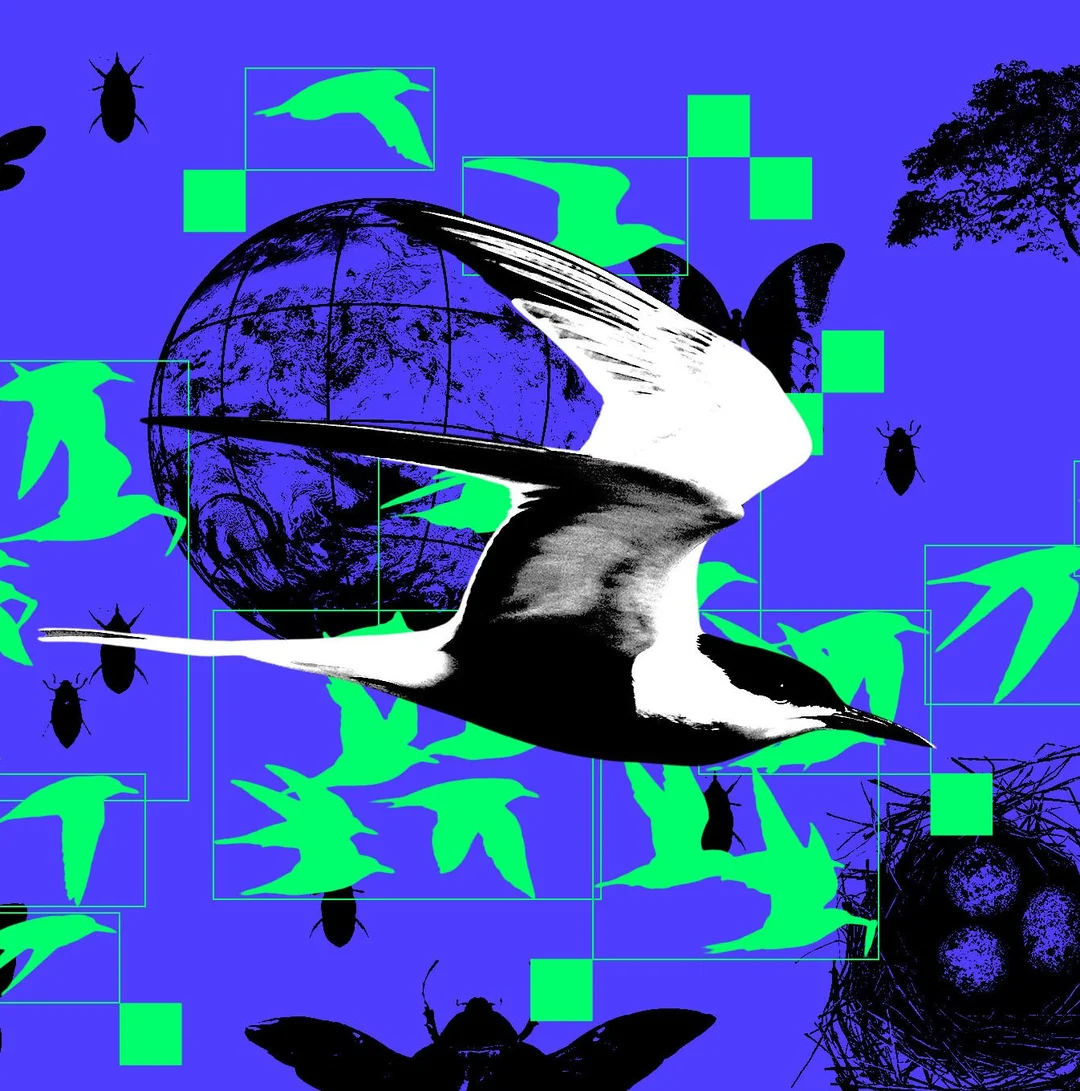
AI Is Reshaping Wildlife Conservation As We Know It
Over the wetlands of Senegal, a pioneering research project is using drones and artificial intelligence (AI) to undertake an unprecedented task: counting waterbirds, such as pelicans, flamingos, and terns. Under the guidance of researcher Alexandre Delplanque, drones soar through the air while AI analyzes the images captured, counting individuals within flocks and reducing analysis time by thousands of hours for each survey. In a world facing a staggering biodiversity crisis, innovations like these are crucial.
Since 1970, wildlife populations have plummeted by over seventy percent, and many researchers argue we are entering the sixth mass extinction. The successful recovery of endangered species hinges on understanding population numbers and species diversity, tasks that can be challenging due to the sheer number of species on our planet; it is estimated that less than 20 percent of insect species have been identified. Notably, after AI reviewed just a week’s worth of camera footage in Panama, researchers found over 300 species previously unknown to science.

While proponents of AI in conservation celebrate its capacity to scrutinize large datasets in seconds and decode patterns that humans may miss, critics caution against potential pitfalls. They argue that the environmental impact, ethical considerations, and biases inherent in AI should not be overlooked; moreover, the infrastructure required for AI, such as data centers, consumes vast amounts of water and energy, contributing to environmental degradation.

Notably, there are ongoing discussions about using AI to decode animal communication. Initiatives like the Earth Species Project seek to develop language models to communicate meaningfully with non-human life forms. However, this idea breeds skepticism; how feasible is it to unlock the secrets of animal languages? Will these technological endeavors truly enhance conservation efforts, or will they unintentionally divert attention and resources?
We face complex questions: how to balance the promise of AI with its potential consequences? Certain researchers are optimistic, insisting that responsibly managed AI can significantly bolster conservation efforts while minimizing its environmental footprint. However, the disparity in resource allocation to various species based on their charisma raises ethical concerns about prioritizing efforts—often, iconic animals receive the most attention, while less prominent species risk oblivion.

As 2024 approaches, tech giants like Google are beginning to leverage AI in monitoring coral reefs, indicating a shift towards applying technology in practical conservation tactics. However, AI's development brings forward pressing challenges, demanding conscientious regulation and sustainable practices.
In closing, while AI is reshaping how we approach wildlife conservation, we must remain vigilant about the potential trade-offs. Can we utilize technology to effectively protect our planet's most vulnerable species without inflicting greater harm? The future of conservation may well rest on these delicate balances. What are your thoughts on the role of technology in our environmental efforts? We welcome your views in the comments below!